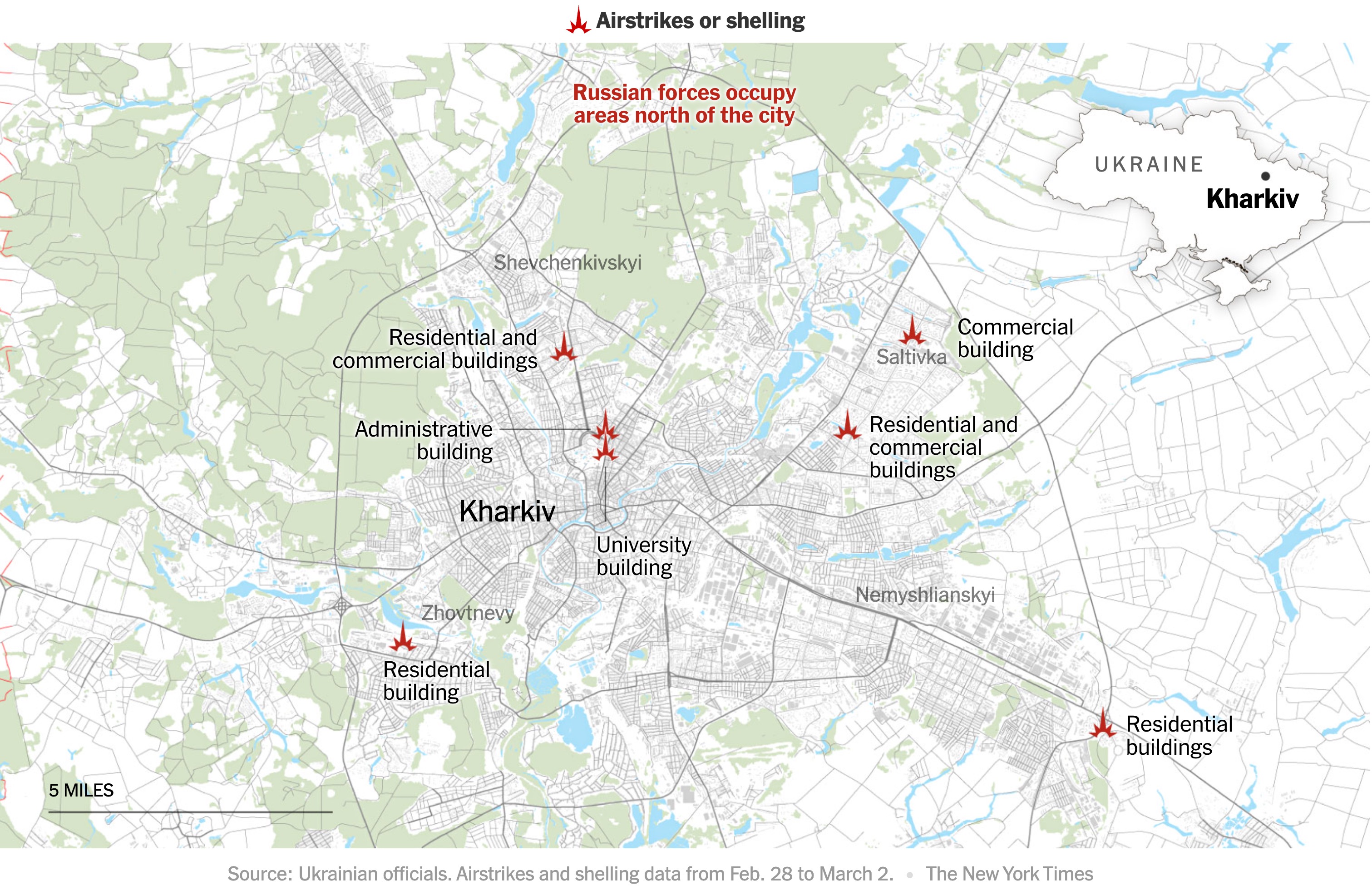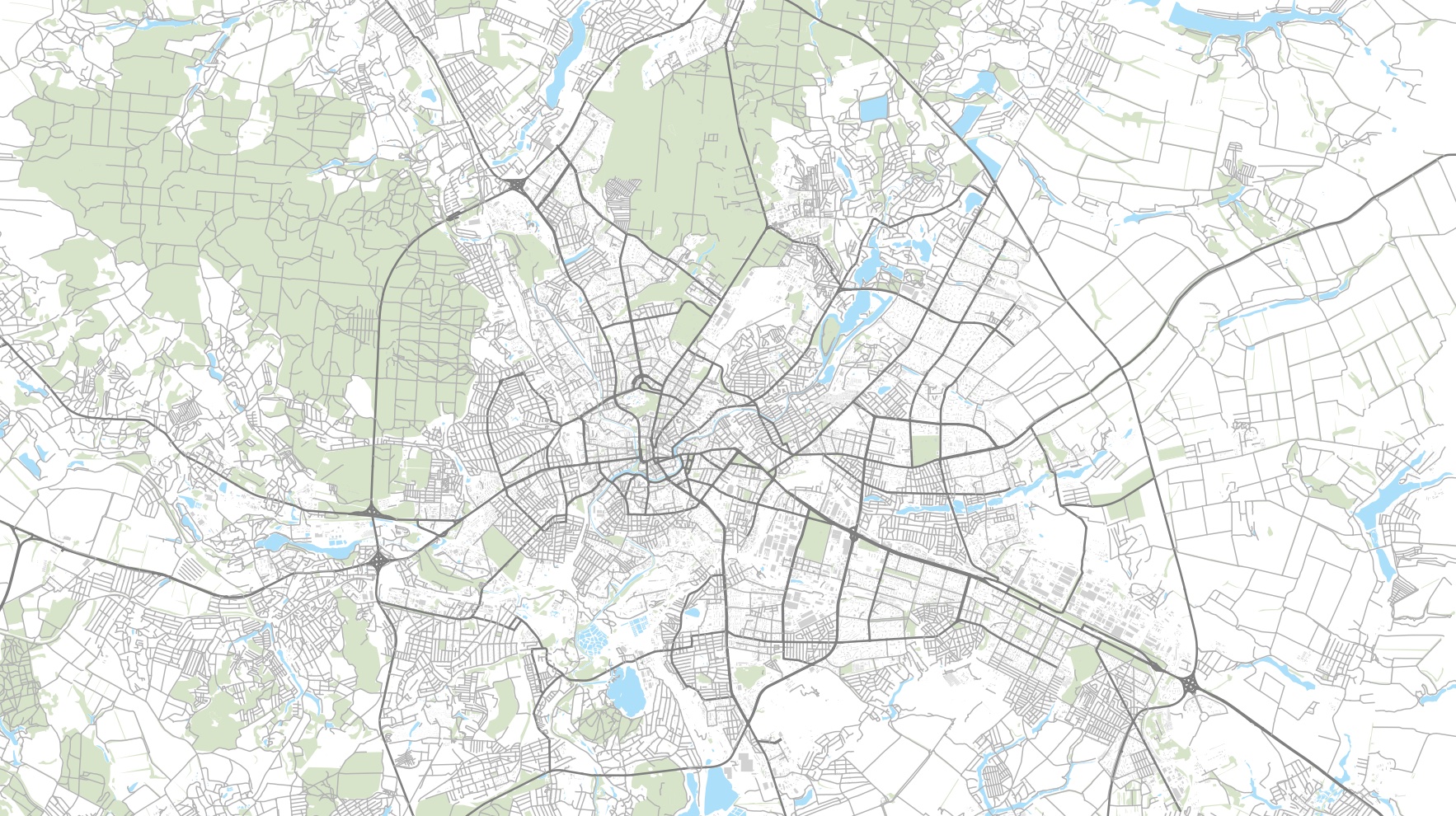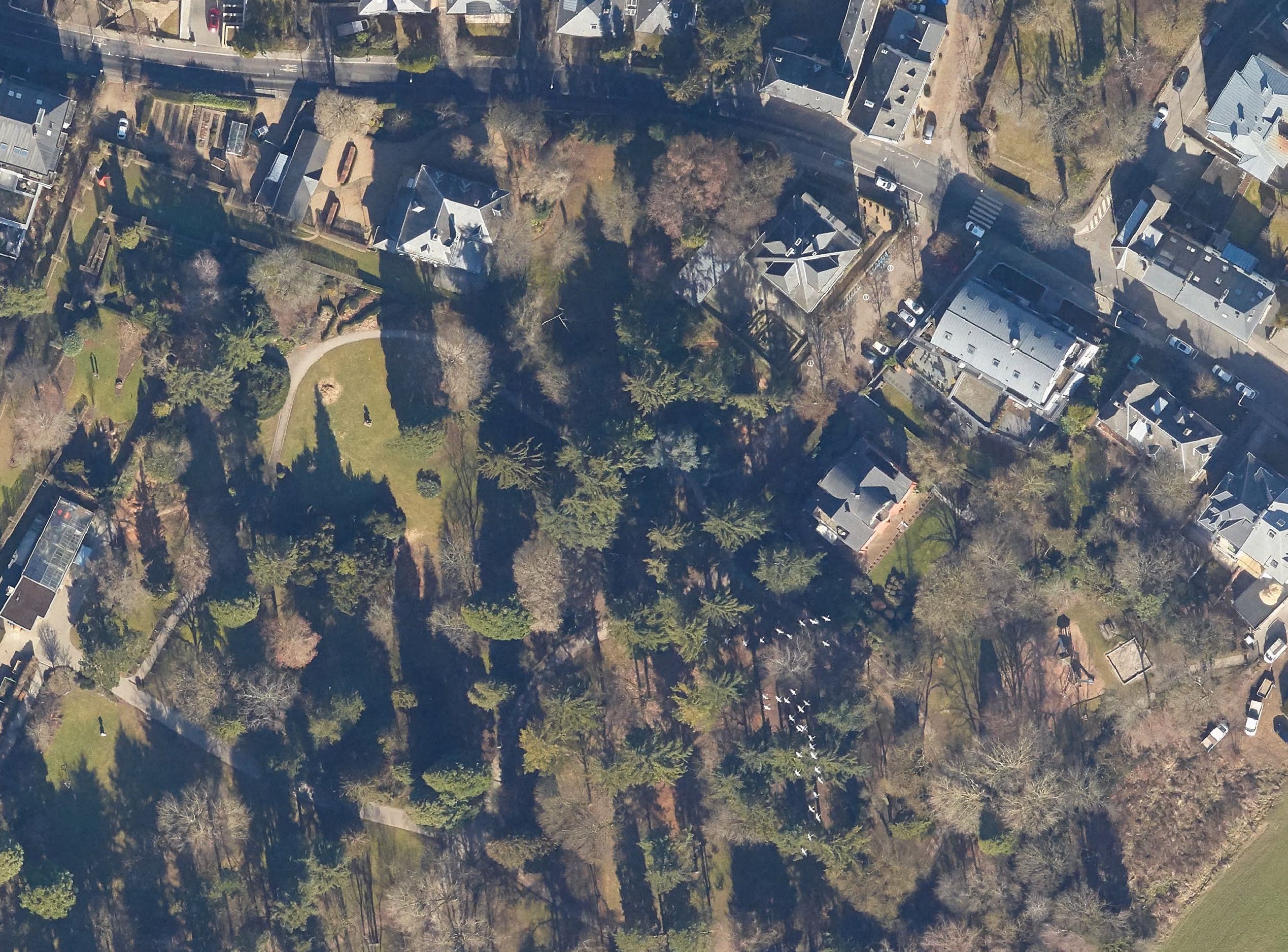Dear OpenStreetMap Community and fellow mappers,
As we say goodbye to 2023, I reflect on a year of growth and development in the OpenStreetMap project.
This year has seen substantial increases across various metrics:
- Nodes: Increase of 731,936,003 since last year (9.09% annual increase, over 2 million daily)
- Ways: Increase of 83,077,150 (9.21% annual increase, over 200 thousand daily)
- Relations: Increase of 1,183,690 (11.37% annual increase, over 3,000 daily)
- Registered users: Increase of 1,161,850 (12.25% annual increase, over 3,000 daily)
These statistics, accessible here and here, not only quantify our growth but also demonstrate the dynamic evolution of our project.
Beyond these numbers, the real essence of OpenStreetMap lies in its community. The launch of our new community discourse has fostered more vibrant and quality discussions than ever before, thanks to the dedicated efforts of our moderation teams in maintaining a constructive and respectful environment. The migration of all old forum content was a major effort by the Operations Working Group.
The board, in collaboration with the communications working group, has enhanced transparency and engagement through more frequent blogging, and community consultations on major projects. We also updated our mission statement to better reflect the OSMF’s actual work.
Since late 2020, successive boards have been shaping the OSMF’s first strategic plan, informed by extensive feedback from OSMF members and the broader community. This plan, finalised in September, provides a clear direction on future endeavours in key areas like technical infrastructure, community development, institutional development, and financial governance.
Our budgeting and accounting processes have also seen significant improvement through new tools and the efforts of volunteers, ensuring more effective support of our operations and growth. The next boards can more easily build budgets and show how the Foundation spends its funds.
Celebrating our 19th birthday this August, we embarked on a broad fundraising campaign to support the project’s future. Thanks to the generosity of 2450 donors, we have raised € 96,098.23. The income and high number of donors are crucial in ensuring our independence and catering to everyone’s interests.
We’ve revised our corperate membership guidelines, enhancing the mutual relationship between OSM and organizations that rely on our data. Key points include wider access to the advisory committee, a 50% membership fee increase, and additional Platinum tier benefits. Notably, TomTom and Microsoft joined as our first Platinum members.
We formalised our relationship with HOT, with an agreement on HOT’s use of the OpenStreetMap trademark, and HOT joining our corporate members at the Silver tier.
We continue to navigate the complexities brought on by Brexit: taxation and employing staff are needlessly expensive and complicated, EU database rights are harder to apply, and banking is a hassle. We now have a plan to migrate the OSMF to the EU, a significant move that the next Board will bring to the community for consultation.
The Overture foundation’s emergence has been noted with interest, recognising potential synergies and challenges it presents.
The Engineering Working Group has been pivotal in advancing our technical frontiers, including a new contract to implement minutely updated vector tiles on openstreetmap.org, unlocking many new cartographic possibilities.
We encountered significant vandalism in Ukraine and Israel. The vandals used automated approaches and other tricks. The work of the Data Working Group and other volunteers, website changes, rate limits, and improvements to the DWG’s tools have solved the issue. Our response to sophisticated vandalism exemplifies our resilience and adaptability, underlining our commitment to data integrity.
Maxar stopped letting us use their imagery without warning or communication, leaving many mappers without a good alternative. However, the challenge has encouraged us The OSMF participates in an informal imagery group, led by OpenStreetMap US, to work on identifying areas where imagery is needed, serving it from OSMF infrastructure, and adding it to various editors.
The global State of the Map (SotM) conference will take place in Africa for the first time in September 2024. See you in Nairobi!
While we didn’t welcome new local chapters this year, ongoing applications suggest promising expansions in 2024. We aim to enhance local chapters’ role in OSMF’s decision-making, recognising their critical contributions to our growth and diversity. A new communities page on the main website helps showcase local chapters.
Membership in the OSM Foundation has steadily increased, now standing at 2,161. This growth - albeit modest: we passed 2000 members in 2021 - underlines our community’s commitment and paves the way for more ambitious recruitment initiatives in the future. High membership numbers help safeguard our independence.
Like I wrote to you in 2022, the Board’s workload keeps being too heavy for its overstretched directors, and the Board is too often the project’s bottleneck. The Board is working on writing down its thoughts on hiring an executive director.
As we move forward, the dedication and efforts of the entire OSM community - mappers, volunteers, developers, donors, staff, and you, Foundation members - remain our greatest strength. I extend my heartfelt gratitude to everyone.
I want to thank Mikel Maron, who is retiring from the board. Mikel has spent a total of 13 years on the board, and his experience and expertise will be missed.
Thank you all for your contributions, unwavering dedication, and passion for mapping. Here’s to another year of fruitful collaboration and success.
Happy mapping,
Guillaume Rischard Chairperson, OpenStreetMap Foundation




